What Is A “Carry Around” Camera Anyways?
Many photographers will face this same issue. Recently, a friend of mine told me that he wanted to invest in something small but powerful which would act as a carry-around camera for him.
He is an enthusiast photographer and already owns a DSLR with a couple of lenses.
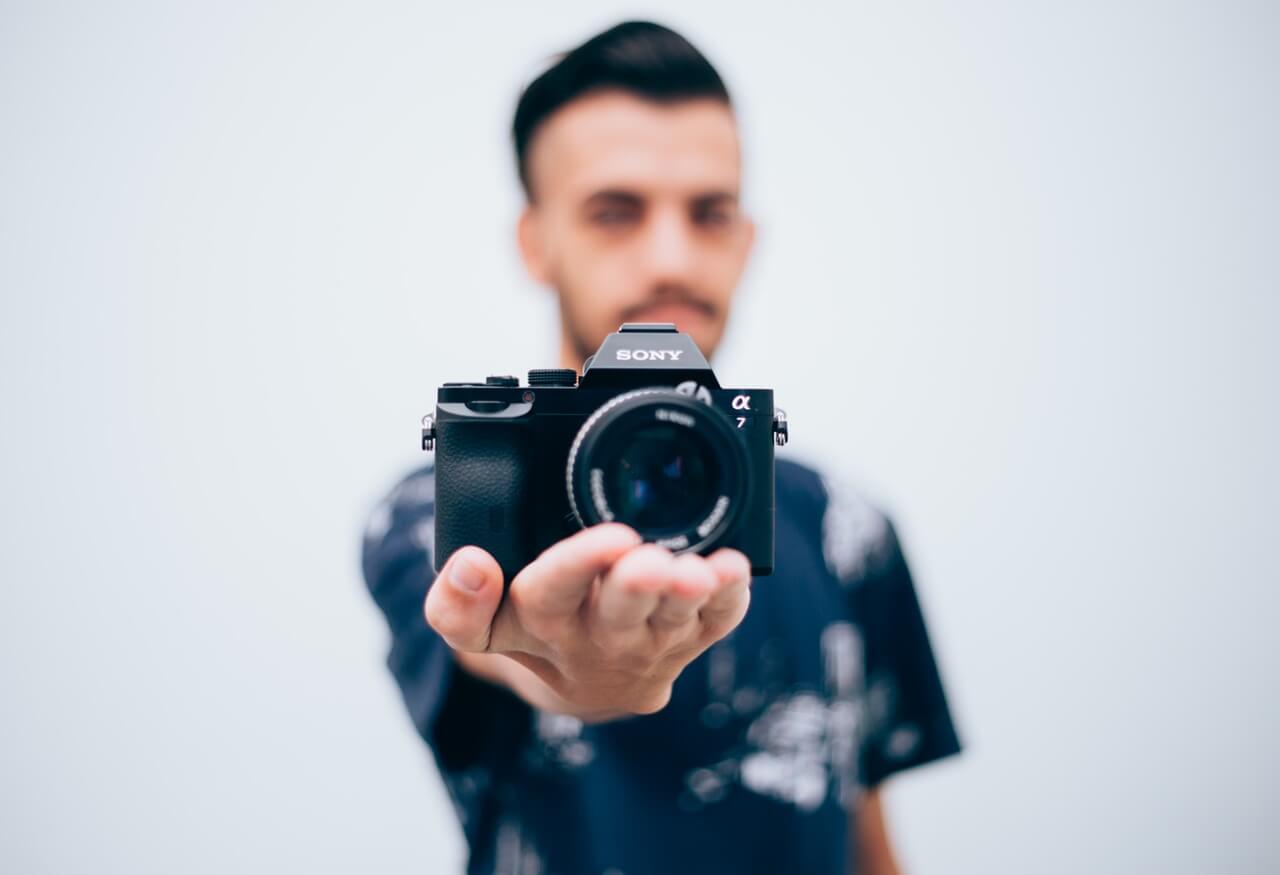
There's No “One Size Fits All” Camera System
So I did try to help him out and find an option that provided a similar result in a smaller package. Of course, if you want a small camera which packs a punch as a DSLR you’ll probably need to go for a mirrorless system.
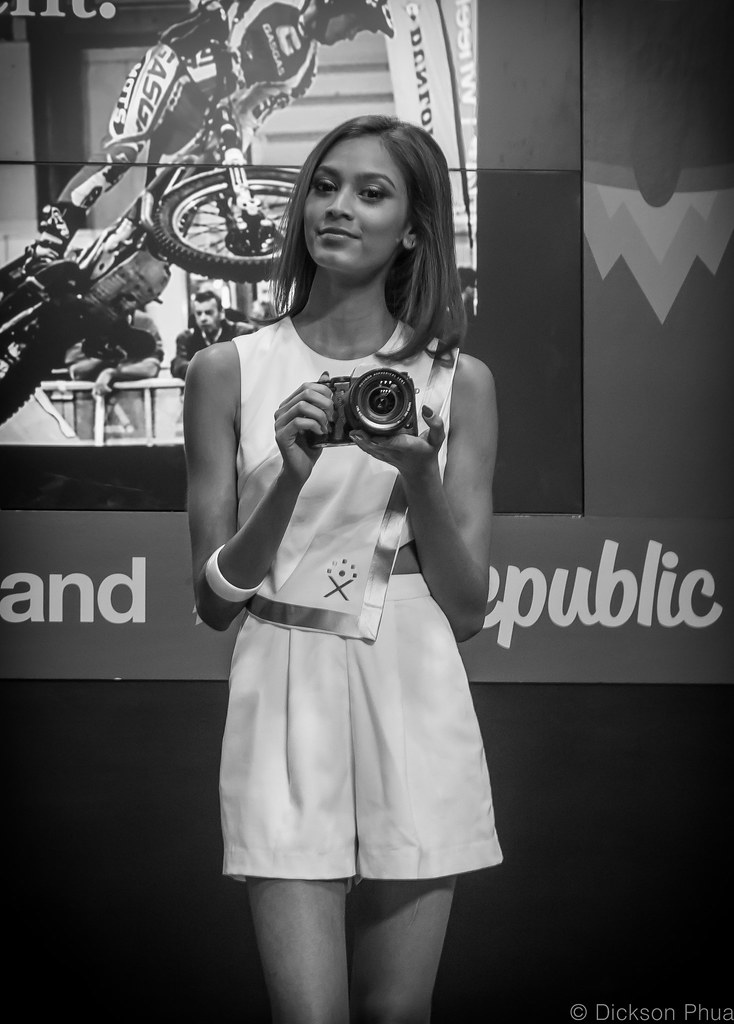
So, we went through the wide variety of options and came to the same conclusion.
If he wanted a very good mirrorless system, i.e. that he could easily carry around with a decent lens or two, he would have to pay close to the same price as a DSLR, but facing a few sacrifices like the focusing system, lens choices, battery life and so forth. This made him think for a moment.
The truth is, a mirrorless system generally does seem like a great idea!
- You get a smaller package because you trade the mirror for an electronic viewfinder
- All the pieces for the focus system for on-sensor focus measuring is smaller too.
The clear benefit I am demonstrating here is ultimately SIZE and WEIGHT. They make DSLRs appear giant-like.
While there are huge benefits, it's always worth being aware of any cons against the pros – as would anyone considering buying a DSLR for the first time when upgrading their gear from a Smartphone. It's a big step either way.
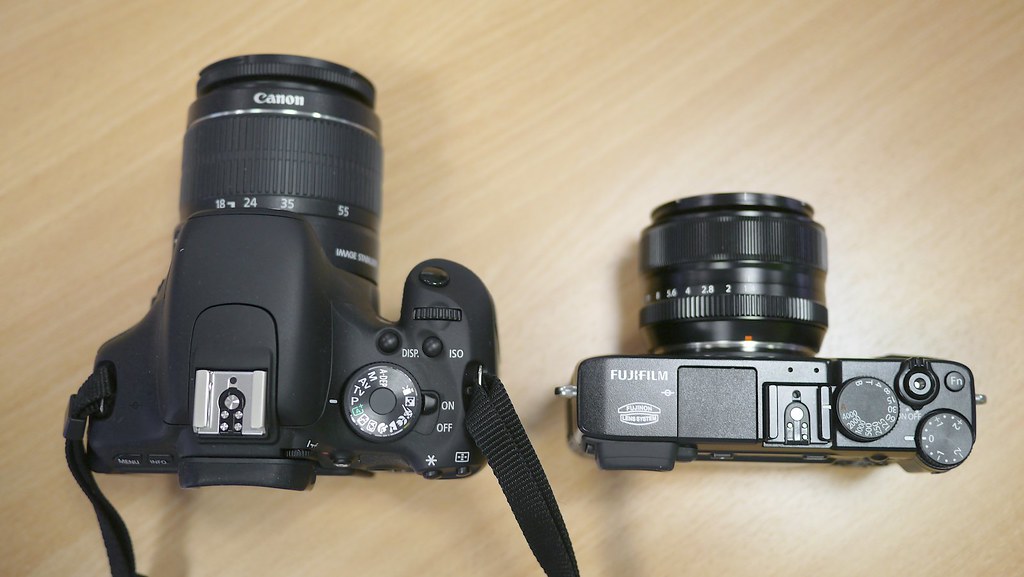
I've found focus often underperforms when compared to the DSLR counterpart, meaning a mirrorless camera works great for photographers that tend to shoot something that is stationary, such as landmarks, cities/buildings, still life etc.
But when it comes to more action-packed scenarios, in my experience they're just not cut out, therefore I would definitely recommend mirrorless systems to anybody that does stationery studio work, or landscapes, or anything that doesn’t move too much. Why?
Well, simply because there are many mirrorless full frame cameras on the market that outperform the best DSLR full frame sensors, and cost up to $1,000 less. This would then appeal massively to a great number of photographers!
Also, with one adapter you can use your standard DSLR lens with all the controls you need, and you are good to go. A huge advantage here is that you get a smaller package, same favorite lenses and thus a smaller weight to carry around. Sounds good!
But, using those lenses with the best adapter out there is still difficult when it comes to things that move. That’s simply because focus can be up to 3x slower than you might get from a DSLR (compared to using the mirrorless-designed lenses).
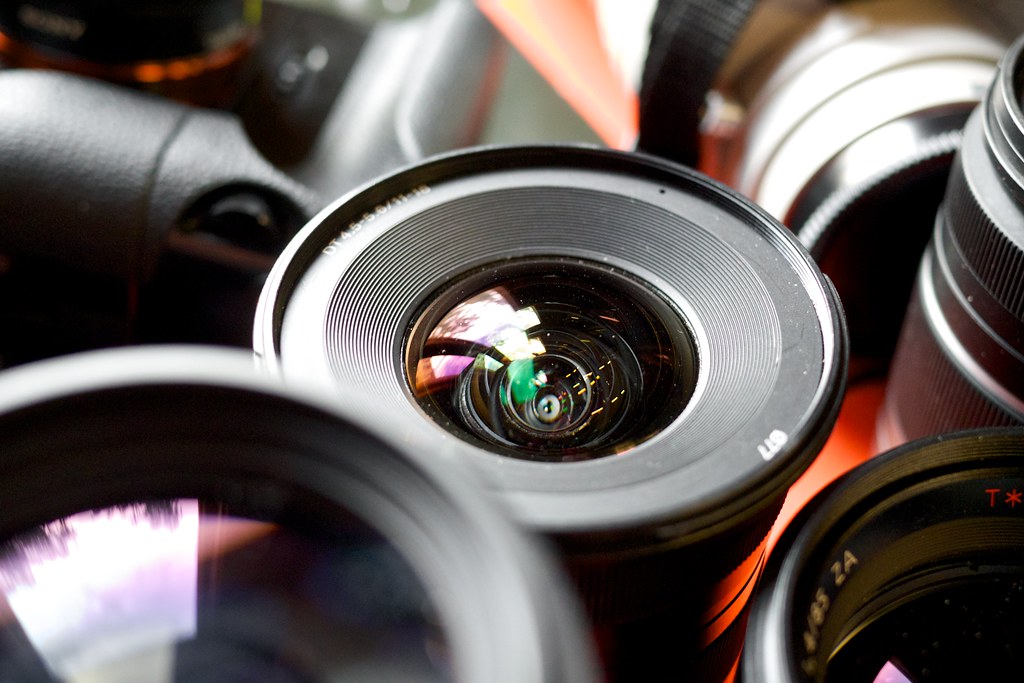
However, most mirrorless systems have focus peaking, which is good for fine tuning focus in dark scenarios because the EVF uses the highest ISO possible to provide a visible image. Neat, right?
On the street, however, this is not so good.
EVF usually has lag, which makes moving with your eye through the EVF weird (and possibly even a little dangerous), the autofocus tends to miss because it catches on the wrong things (even though some systems will prove to use 100+ focus points).
The burst rate I have found yet to be up there with DSLR systems, which have increasingly impressive FPS shooting capabilities – ideal for sports and wildlife.
Just for the record, I am not digging at mirrorless systems, I am simply saying they are not yet a “lighter and more compact DSLR” – I expect today with new launches from the top manufacturers frequently happening, we are seeing shifts from all directions towards this goal.
The progress they’ve made is frankly amazing, and I hope that they start outperforming DSLR’s in everything. Because who doesn’t want more punch in a smaller package, right?
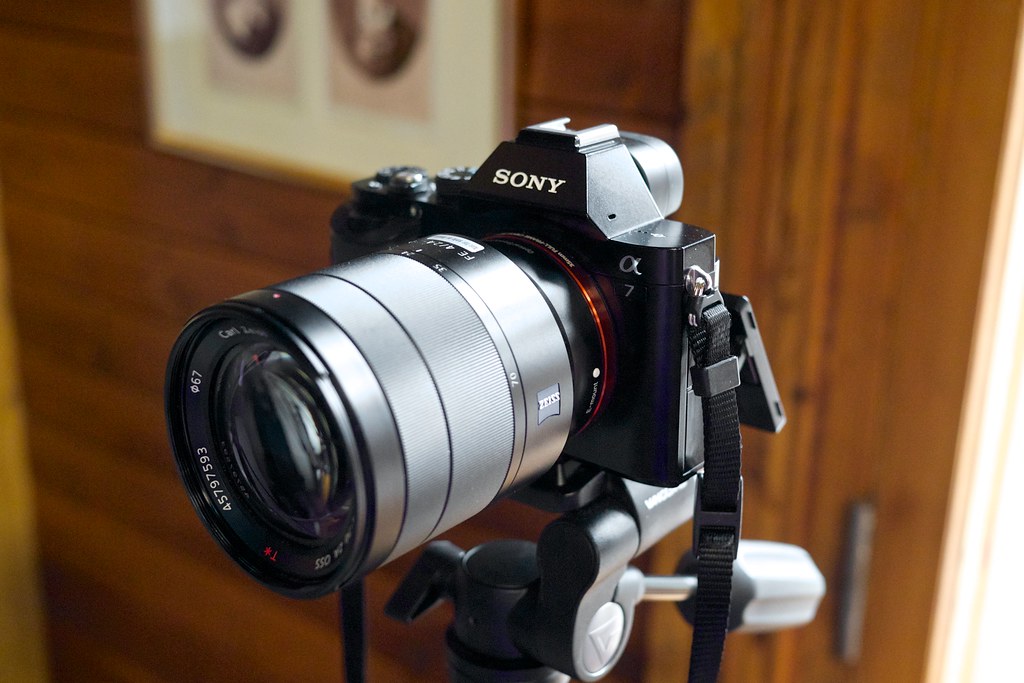
Summary
Therefore, if you are facing the same dilemma as my friend here, take everything into account. If you need a small carry around camera, would you be better off investing into a small entry level DSLR with a pancake lens or a lighter prime lens, or a mirrorless system?
If you are planning on doing landscapes and portraits which involve people posing and not really moving around, go for mirrorless (if you're after a lighter and more compact system).
It's also worth noting there are mirrorless cameras I'd consider “average” at shooting stills but offer significantly better video than most DSLR’s on the market.
So if you're into video, a mirrorless camera can offer you a much greater variety of options, whether you need resolution, or high ISO, or even FPS. With most DSLR’s you're limited to Full HD video at around 24 fps (with some exceptions that go to 60 fps).
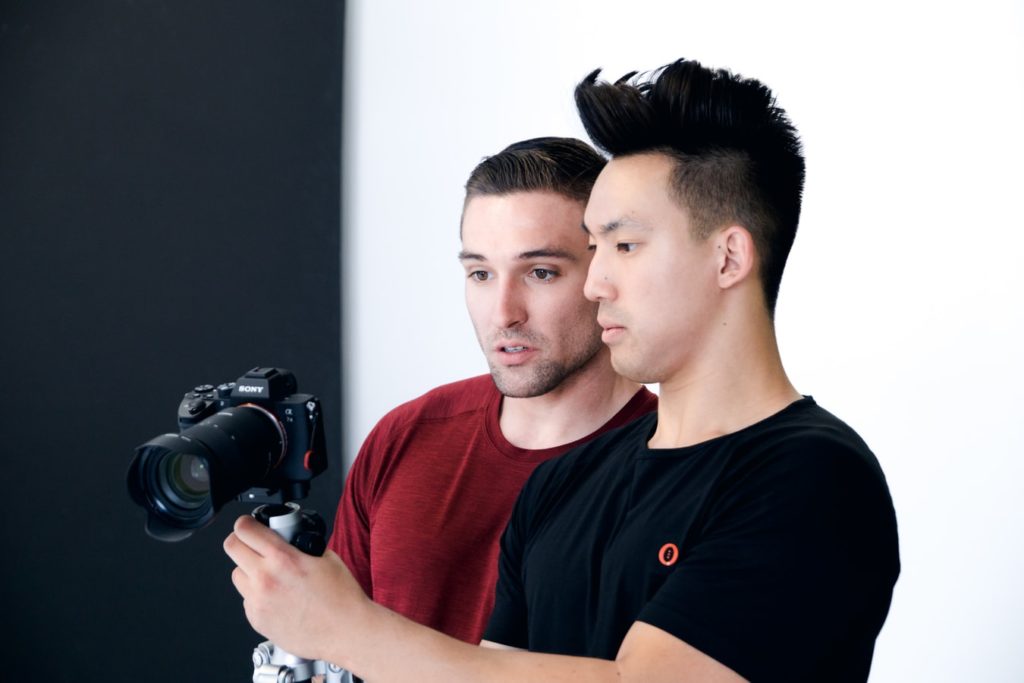
Best Alternative Camera To A DSLR – Top Takeaways:
- Consider what you're using your new camera system for – Photographing stills or shooting video?
- Do you prefer shooting landscapes and portraits or more action and street photography? This plays an important role in which kind of camera you should consider.
- Your camera will (and should) be an investment in your photographic journey, think about everything from weight, size, functionality, portability, ergonomics to name a few essential considerations.
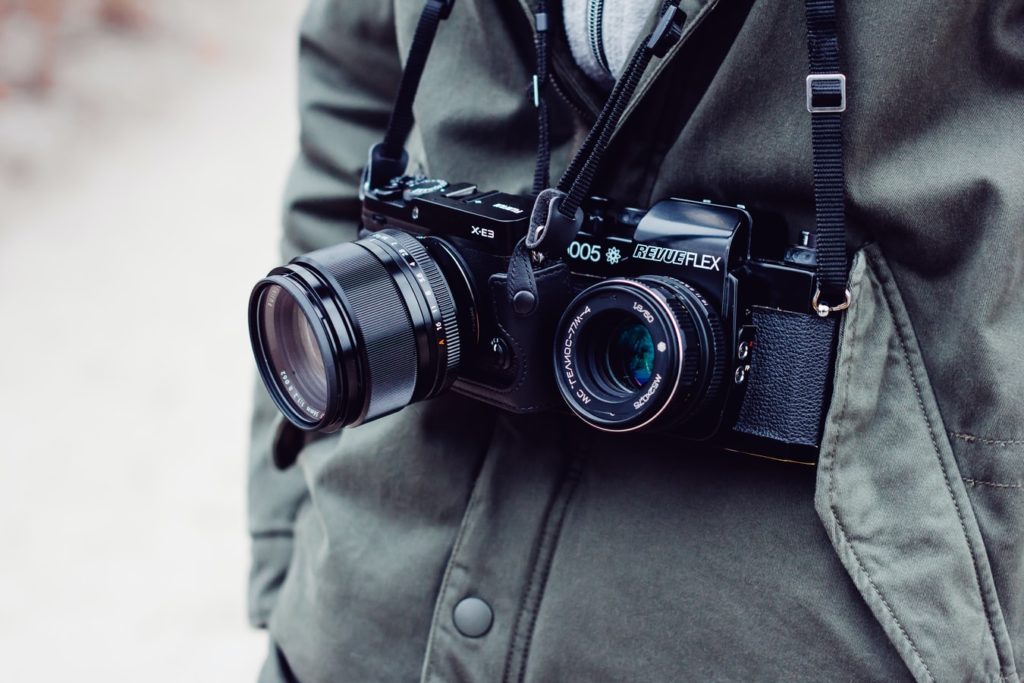
Further Resources:
- 4 Practical Solutions for Better Street Photography
- Does This Debate Have Any Substance? Mirrorless vs DSLR Cameras
- The Real Truth Behind Using Less Camera Gear
- The Best Travel Camera In 2020
- The Death Of DSLRs Is Near
- Exploring Alternatives To DSLR Cameras
Further Learning:
Whether choosing to use a Mirrorless or DSLR camera, we ALL need to understand the fundamentals of Composition.
That’s why the Photzy Team has come up with a fantastic guide to help you out with all the essential stuff YOU need to know to improve your photography, ten-fold!





18 Comments
I just bought my heaviest and largest piece of glass, the 100-400 Mark 2 and all this trying to do more with less philosophy just doesn’t cut it once you work with such amazing optics. I’m in my 50’s not getting any younger or stronger but my desire for better images grows every year. So I suck it up.
For sure dont use the xe-1(which is ancient) as the standard for autofocus on mirroless. The AF on my XT-2 smokes most DSLRs. If the aim is to be cheap the AF on the XA-10 is light-years ahead of the xe-1 as is the Sony a6000.
Additionally, viewfinder lag has all but disappeared. My the XT-2 has a 100hz refresh rate for Christ sake.
The Sony 6000+ series and xtrans III system are great for moving action and will smoke most FF SLR except the pro bodies, the 7dII and D500.
I would be curious to hear what your actual experience with mirroless cameras is because with all due respect this article does not do the format justice.
I literally had to scroll up and check the date of publish on this article because most of your thoughts seem to be based on the 1st Gen Sony A series and first Gen x series.
Cheers!
I used a Sony NEX6 for around a year or so and for stills, landscapes and Portraits it was amazing but not for action. I know the newer Mirrorless are way better and I am thinking of getting a 7R II or something else, but I will not be getting rid of my Pro Bodies in DSLR. I plan to use both systems and even want to get a Medium Format system as well.
Things have come a long way in 5 years. The sony a6500 is likely better at motion tracking and has a bigger buffer than your pro bodies.
Alpha 6000 from Sony is a great camare results are extremely good panorama is superb
@Brian Hines: Yes, these thoughts and comments, kindly stated, are not yours alone. I have gone from XE1, to XE2, to XT1, and now I shoot exclusively with the XP2 and the progression has been profound in terms of AF performance. Comparing any new DSLR to a first gen Fuji X is just plain silly. Compare your new DSLR to my XP2 and see how you fare, not so big of a diff as there once was.
In fact, I think it can be fair to say that mirror-less has come far further in the last 5 years than have any DSLR. 🙂
I like effective tools, I am not a fan-boy of any brand or format, but in fairness if you are going to compare apples to grapefruit then kindly state as much at the onset 🙂
Just got the CANON M3 traded my 40d :
One thing I never thought till I tried it can’t shoot remote ??? Canon wake up guys !!!!
I used to setup in my out building as to shoot the birds with the 40d and remote trigger, I’m indoors but can see the event and trigger the shot brill.
The M3 cannot use a remote trigger !! Rubbish Canon : it’s gotta go !!!!
Your canon m3 has wifi.
Canon has a wifi remote that you can download to your phone/tablet to view what is happening and also let’s you change settings remotely.
You can use your cell phone to trigger the photo with the M3.
Has the author looked at the Olympus om-d EM-1 mk II? It’s got a 120fps viewfinder refresh rate, and one of THE FASTEST autofocus systems, only to be rivaled by Canon’s 1DS and it’s similars.
I have the EM-5 MK II and the autofocus is insanely fast as well at half the price of the EM-1. Faster than any Canon I’ve laid my hands on in the past couple of years. (Excluding the 1DS)
Sony A7 series – sounds like a bad joke – almost impossible to hold steady with telephoto zoom, sharp edges of the camera, small battery – wake up guys!!!!. The weight with battery grip is almost the same as my Nikon D800E with grip, not to mention insane price for amateur quality and ergonomics. What are you talking about?!!! I’m 56 years old and still use heavy DSLR, because it’s much comfortable in hands, easy to use, best quality lenses at much more affordable prices at second hand market . Probably, next leap of the development will bring more usable mirrorless cameras. But the size is nothing, when you compare the whole system, just to like mobile phones – they transform from Banana like Motorola to very small Nokia and to much more comfortable smart-phones
The a7 series is a bad joke if you are going to the format to save weight. The lenses are all gigantic and the weight savings is nominal. Further more the mount they use is tiny and not properly designed for IBS. Having said that…. people are going to the A7 because they have the best sensors on earth, period. There is a reason why Fuji, Nikon, Pentax, and Phase One all get sensors directly from Sony or partner with them to manufacture them. I agree their ergonomics and menu systems are horrific but many are willing to over look that for best in class dynamic range, image quality, and ISO performance.
But jump to a camera like the Fuji XT-2 and you get world class glass, incredible ergonomics, dual card slots, great 4k video, excellent dynamic range and ISO performance (that is superior to anything canon produces outside of the 1Ds series), stellar image quality, and excellent motion tracking that covers significantly more of the frame than DSLRs. Oh and it weighs about half of a canon SLR system.
Mirrorless is the future.
By the time a lens has been added to many mirrorless cameras they always seem not a lot shorter, front to back, than a regular DSLR. I really wanted to lose the bulk of my 70D for street work and settled on a LUMIX DMC LX-100, not cheap but excellent results and almost (!) pocket sized.
I also use an LX100 as a back up camera, and it is amazing.
The AF on my X-T2 easily matches the performance of the 5D3 I replaced it with, at a fraction of the size and weight.
Also, Fuji’s XF lenses match if not exceed the image quality of any of the L glass I used to have, also at a fraction of the size and weight. I have yet to find an instance where I wished I hadn’t made the switch from Canon to Fuji, and that includes going from full frame to an APS-C sensor.
I’m getting rid of my Nikon 7000 and 18-200, 50 & 85 for something smaller that I can carry with me hopefully always.
I travel a lot and want to be able to engage with and capture the scenes as they unfold around me. Reportage and street. Little landscape but some portraits. DoF is very important as are ISO capabilities. I think I could live with just a standard zoom (if it’s as good as the LX100 re aperture) but primes would be nice.
I hear good things about the OM-D EM5 (I &II) or even the 10.
But this focus lag issue and EVF “rainbow tearing ” bothers me.
Assume I can’t afford The Leica and tell me….what’s the closest I can get to that marque?
All advice gratefully received.
The date at the top says 2020 but comments from 2017?! The 3 year old comments were criticising the article for being out of date then so why hasn’t this been updated? All the negatives for mirrorless have largely been eradicated, but I’d note that the weight benefit stressed isn’t actually that big either.
We update old articles with new information pretty regularly.